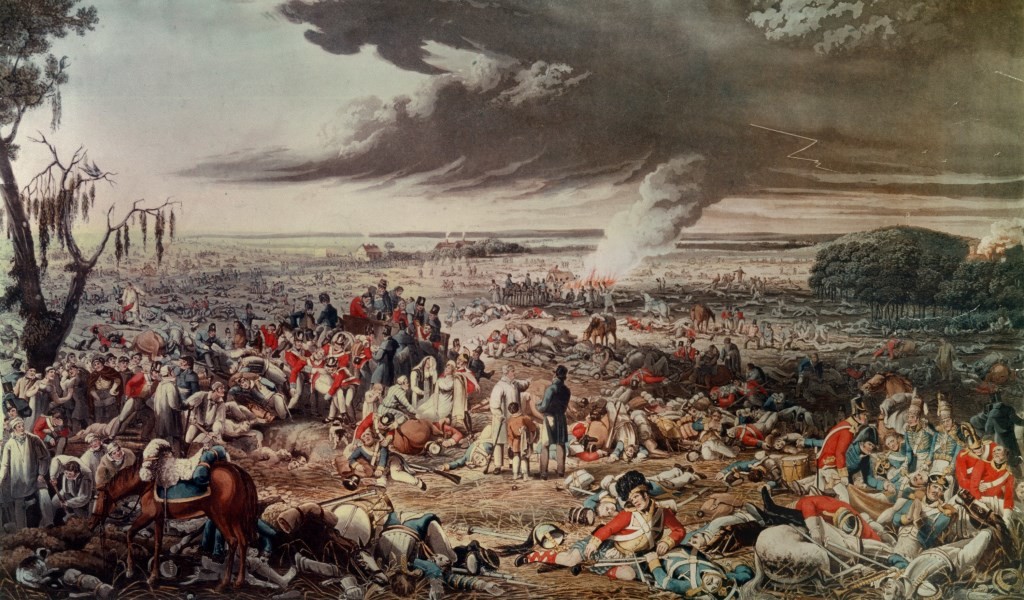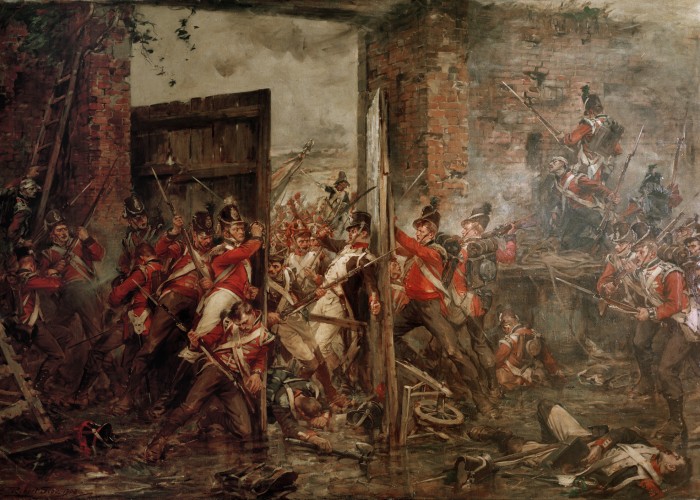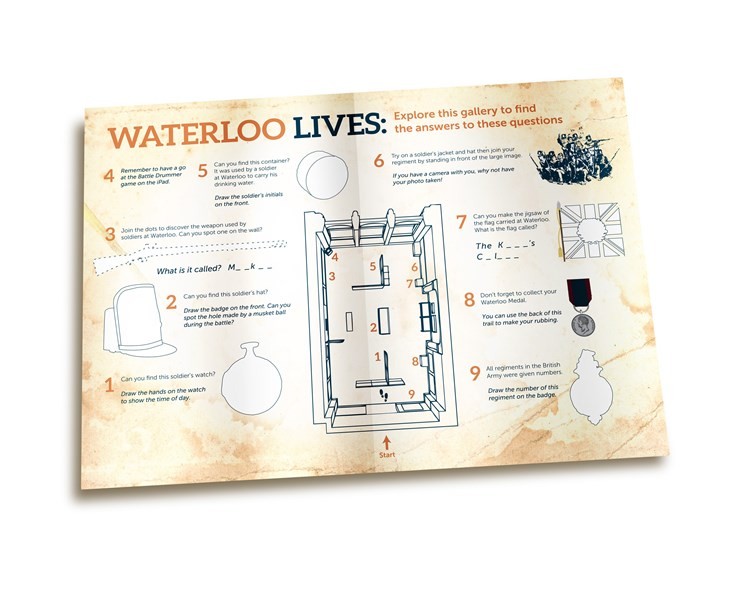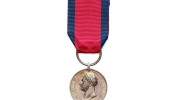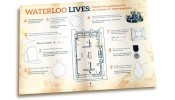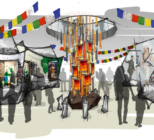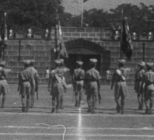Today (18 June) marks the 200th anniversary of the Battle of Waterloo and to commemorate the bicentenary the National Army Museum has partnered with museums across the country on a series of 16 temporary exhibitions, entitled Waterloo Lives, looking at how the battle was fought and won. Rarely seen objects and paintings from the National Army Museum will feature alongside partner museums’ permanent collections to tell the stories of the regiments, the soldiers, their families and the legacy they left behind.
The National Army Museum has also partnered with Waterloo200 – the organisation approved by the government to support the anniversary – and Culture 24 to create Waterloo200.org, with the Heritage Lottery Fund providing financial support for the project together with a number of other parties including The London Mint Office.
Alwyn Collinson, Project Officer at Waterloo200, said: “The Battle of Waterloo is significant because it was the first time the bravery of both the famous general and the unknown private was recognised by giving every man who took a part a medal, something which had never happened before 1815. This project represents the perfect opportunity to show to the public some of the most interesting and culturally important items from this momentous battle.”
The Battle of Waterloo took place on 18 June 1815, when the British and Prussian forces, under the command of the Duke of Wellington, halted the advance of the French Army in Belgium. The bloody battle claimed the lives of 65,000 of the 200,000 men that took part, and saw the defeat of Napoleon, ending his reign as Emperor of France and ushering in a period of peace following years of war in Europe.
The battle marked an important stage in the development of the British Army because of the recognition each and every soldier received. Regardless of rank or service, every man who took part was awarded two years’ pay and a special campaign medal known as the Waterloo medal. This was the beginning of the concept of the campaign medal, which has continued for every theatre of war the British Army has entered since.
Fifty per cent of the Waterloo Lives exhibitions were designed by PLB Projects Ltd and creative director Jamie McCall said they had been delighted by the visitor response and initial feedback that has come back from the sites and that the whole team were proud that bicentenary exhibitions, like these, will help the legacy of the men and women at Waterloo live on for another 200 years.
“One of our key challenges was to create a series of exhibitions that delivered the core learning objectives while providing a more personal, local dimension to the story of the Battle and its legacy at each site,” he said. “We identified that we captured the individual experience of each regiment and to respond to the unique group of objects on display within each exhibition.
From Aberdeen to Somerset, the exhibitions varied significantly in size and for some the solution was largely graphics-based, while for others PLB was able to design and deliver a broad range of interpretative media including an audio visual presentation, physical interactives, dressing up (for adults and children) and a trail.
The Royal Green Jackets museum in Winchester has also set up a new £210,000 permanent exhibition, reported in M+H Advisor, which has seen its impressive diorama conserved.
Waterloo Lives exhibitions - Our Top 10
The Gordon Highlanders Museum, Aberdeen. This exhibition tells the story of the soldiers from The Gordon Highlanders regiment. Until 28 November.
The Guards Museum, London – The Defence of Hougoumont Farm – Discover what happened to soldiers of the Foot Guards as they defended Hougoumont Farm, a key part of Wellington’s battle plan. Until 28 November
Somerset Military Museum, Taunton – Included in the exhibition are works of art, military items and even hair from Napoleon’s horse, Marengo. Until 4 July
Bankfield Museum, Halifax – Wellington’s Redcoats. The story of the soldiers of the 33rd Regiment as they followed the Duke of Wellington into battle through treacherous and life-threatening conditions. This exhibition features rare objects including the Duke’s own Waterloo medal and original ‘Wellington’ boots. Until 25 July.
The Black Watch Castle and Museum – Find out what happened to the soldiers of The Black Watch through original items found on the battlefield. Until 30 October.
Cardiff Castle Museum of the Welsh Soldier – The Battle for Honour – Firing Line – tells the story of the honours lost and gained by the men of the Welsh cavalry and infantry regiments. Until 30 November.
Victoria Gallery, Liverpool – Relics Remembered looks at objects from the battlefield such as false teeth and explains why they came to be known as Waterloo Teeth and runs until 24 October.
The Williamson Art Gallery and Museum, Birkenhead. The Story Behind the Painting is inspired by the Williamson Art Gallery’s monumental painting of a battle scene, brought to life with some of the real Waterloo artefacts in the artwork and runs until October 24.
Museum of Liverpool – Liverpool and the French Connection. Discover Liverpool’s connection to the battle through rare objects such as a collection of miniature ship models made by captured French prisoners during the Napoleonic Wars and runs until 29 August
Graves Gallery, Sheffield – The Battle of Waterloo. This display focuses on the Graves Gallery’s painting ‘The Morning of the Battle of Waterloo’ by Ernest Crofts, alongside Napoleon’s very own pocket watch. Until 29 August.

